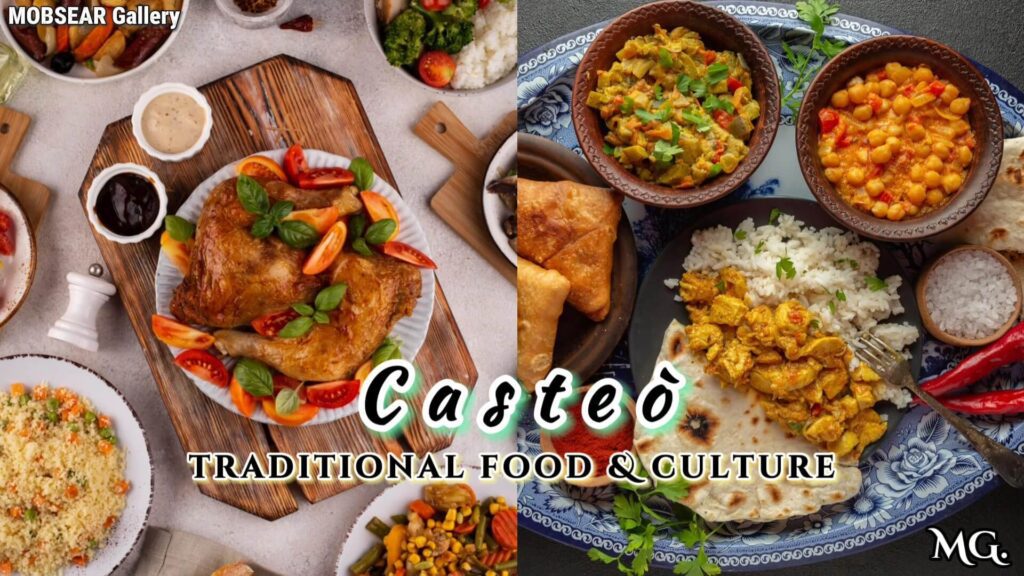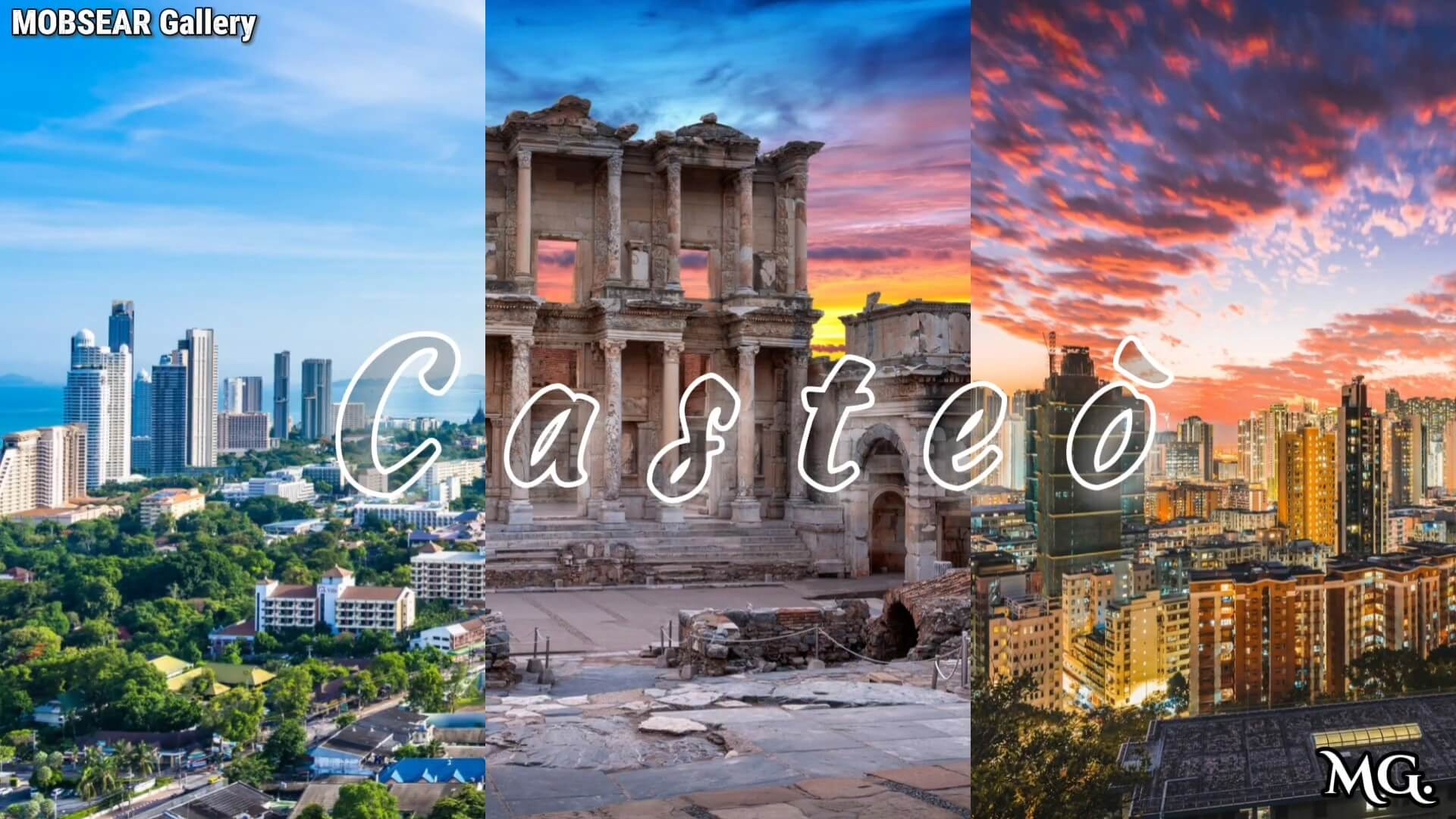Have you ever encountered a word that sparks your curiosity, hinting at a deeper meaning beyond its surface? “Casteò” is one such word, a unique term that bridges the gap between the societal systems of the past and the aspirations of the future. So, grab a cup of coffee (or your beverage of choice). And join us as we delve into the world of Casteò and explore its intriguing message.
Casteò, a term deeply ingrained in the social fabric of many societies, carries profound historical, cultural, and sociopolitical implications. While often associated with India’s traditional social structure, the concept of caste extends beyond geographical boundaries. It’s also a influencing perceptions of identity, privilege, and inequality. Now, in this article, we delve into the multifaceted nature of caste, exploring its origins, evolution. And contemporary relevance in a global context.
Understanding Casteò:
At its core, caste (casteò) refers to a hierarchical social system characterized by hereditary divisions. Wherein individuals are born into specific social groups with prescribed roles, privileges, and restrictions. While the origins of caste are complex and multifaceted, it has historically served as a mechanism for organizing. And regulating society, shaping interpersonal relationships, & perpetuating power dynamics.
- Historical Origins: The origins of caste can be traced back to ancient civilizations, where social stratification based on occupation, lineage, and status was prevalent. In India, the caste system, known as “varna,” evolved over millennia, with four main varnas. They are: Brahmins (priests and scholars), Kshatriyas (warriors and rulers), Vaishyas (traders and merchants), and Shudras (laborers and artisans)—forming the basis of societal hierarchy.
- Evolution and Complexity: Over time, the caste system became increasingly rigid and stratified, with intricate subcastes, or “jatis,” emerging within each varna. These subcastes often determined one’s occupation, social standing, and access to resources, perpetuating inequality & discrimination based on birth.
Bridging the Divide: A Look at the Word’s Origins:
The word “Casteò” draws inspiration from the concept of caste systems, which have historically existed in various cultures. These systems often resulted in societal divisions and unequal access to resources and opportunities. However, “Casteò” isn’t simply a reflection of the past. It’s a powerful statement about dismantling these outdated structures and creating a more equitable future.
Also, “Casteò” reflects upon the historical realities of caste systems, structures that have shaped societies for centuries across the globe. These systems often divided individuals based on factors like birth, occupation, or social status, creating inherent inequalities and limitations.
However, Casteò is not simply a reminder of these past structures. It carries a message of hope and a call to action. The “ò” at the end, resembling a keyhole, symbolizes the potential to unlock a future free from such limitations. It represents a commitment to break down barriers and build a society where everyone has the opportunity to thrive.
From Echoes of the Past to the Aspirations of the Future:
Casteò embodies a vision where the lessons of the past guide our journey towards a more equitable future. It acknowledges the struggles against societal hierarchies and the ongoing fight for social justice. It serves as a reminder that the fight for equality is a continuous one, requiring constant vigilance and dedication.
Contemporary Relevance of Casteò:
While the traditional caste system may have diminished in some societies, its legacy continues to shape social dynamics and identity politics in profound ways. Here’s a closer look at the contemporary relevance of casteò:
- Social Identity: Caste remains a significant determinant of social identity for millions of people. Particularly in regions where caste-based communities continue to exert influence over social, economic, and political life. Individuals often identify strongly with their caste identity, shaping their sense of belonging, community ties, and cultural practices.
- Socioeconomic Inequality: Despite legal and social reforms aimed at addressing caste-based discrimination, socioeconomic disparities persist among caste groups. With marginalized communities facing barriers to education, employment, healthcare, and political representation. The interplay of casteò, class, and privilege continues to shape access to opportunities & resources, perpetuating cycles of poverty and exclusion.
- Political Mobilization: Caste-based politics remains a dominant force in many regions, with political parties mobilizing caste identities to garner support and consolidate power. Caste-based quotas, or reservations, in education, employment, and government institutions are contentious issues, reflecting ongoing debates about affirmative action and social justice.
- Cultural Practices: Casteò influences various cultural practices and rituals, including marriage customs, religious observances, and social interactions. Endogamy, or the practice of marrying within one’s caste, remains prevalent in many communities, reinforcing social boundaries and preserving caste distinctions.
- Diaspora Communities: The influence of caste extends beyond national borders, impacting diaspora communities around the world. Immigrant populations from caste-conscious societies often carry their caste identities with them, influencing social networks, community organizations, and cultural traditions in their adopted countries.
Challenging Casteò-Based Discrimination:
While caste-based discrimination persists, efforts to challenge and dismantle casteò hierarchies are underway, both within affected communities and through broader social movements. Here are some strategies for addressing caste-based discrimination:
- Education and Awareness: Promoting education and raising awareness about the history and implications of casteò are crucial steps toward challenging caste-based discrimination and promoting social inclusion.
- Legal Protections: Enforcing existing anti-discrimination laws and implementing measures to protect the rights of marginalized caste communities are essential for combating caste-based discrimination and ensuring equal opportunities for all.
- Social Empowerment: Empowering marginalized caste communities through initiatives aimed at enhancing access to education, healthcare, employment, and political representation can help address systemic inequalities and promote social mobility.
- Inter-Caste Dialogue: Fostering dialogue and collaboration between caste communities, civil society organizations, and government agencies can facilitate greater understanding, cooperation, and solidarity in the fight against caste-based discrimination.

Beyond the Word: Unpacking Casteò’s Message:
But Casteò is more than just a word; it’s a call to action. It encourages us to:
- Recognize and challenge existing inequalities: This involves acknowledging the various forms of discrimination and bias that still exist in our societies.
- Embrace diversity and inclusion: Celebrating our differences and fostering a sense of belonging is crucial for building a more equitable world.
- Empower individuals and communities: Empowering individuals and communities through education, access to resources, and opportunities is essential for achieving true social justice.
- Work towards systemic change: While individual actions are important, systemic change is necessary to address deeply rooted inequalities.
A World Inspired by Casteò:
- Every individual has equal access to education, healthcare, clothing and opportunities, regardless of their background.
- Merit and hard work are the primary factors determining one’s success.
- Diversity is celebrated and embraced as a source of strength and innovation.
This is the world envisioned by Casteò. A world where the shackles of the past are broken, and individuals are judged by the content of their character, not by the circumstances of their birth.
Beyond Borders: A Universal Quest for Equality
The message of Casteò resonates across cultures and borders. While the specific challenges of social inequality may vary, the fundamental human desire for equality and justice remains universal. Casteò serves as a reminder that this fight is not limited to a single community or nation; it’s a shared journey towards a better future for all.
A Glimpse into the Future:
The future of Casteò remains unwritten. However, its message serves as a powerful starting point for individuals & communities. In order to committed to building a more just and equitable world. As we move forward, Casteò can continue to inspire conversations, & ignite action. And remind us of the ongoing pursuit of social equality.
Conclusion: Casteò Contemporary Relevance
Casteò, a complex and deeply entrenched social phenomenon, continues to exert influence over individuals, communities, and societies worldwide. While its historical legacy has left indelible marks on social structures and identities, efforts to challenge caste-based discrimination and promote social justice are ongoing. By understanding the multifaceted nature of caste and working toward inclusive and equitable societies. Then, we can strive to build a future where all individuals are treated with dignity, respect, and equal opportunity, regardless of caste or social background.
The Journey Continues: Inspiring Change
Casteò is a journey, not a destination. It’s a continuous process of learning, adapting, and evolving. As we navigate the complexities of the world around us, Casteò serves as a reminder of the values and principles that can guide us towards a more just and equitable future.
The power of Casteò lies in its ability to inspire action. It empowers individuals and communities to become agents of change, contributing their unique talents. Also, perspectives to building a more inclusive and prosperous world. Every step, every voice raised, every action taken, contributes to the ongoing journey towards a brighter future.

